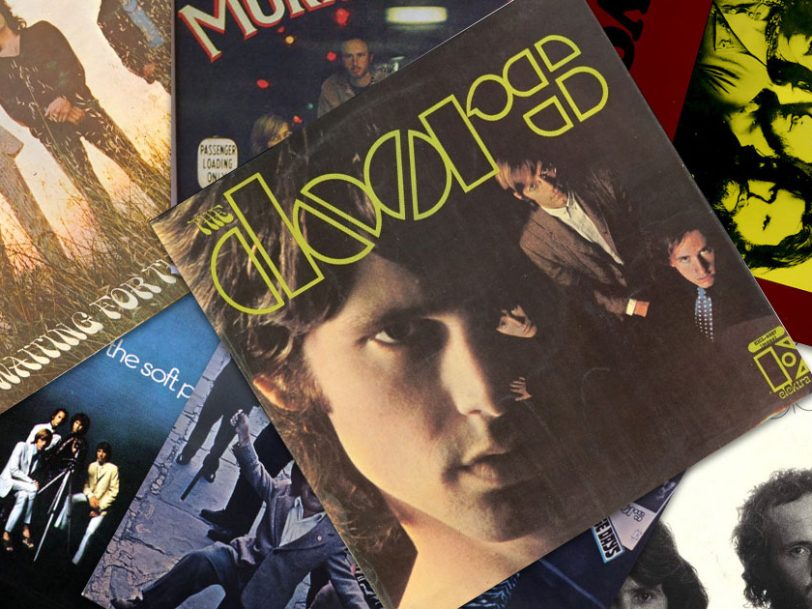2: ‘LA Woman’ (1971)
Morrison Hotel re-established The Doors as a force to be reckoned with, but the portents looked considerably bleaker when the group began to consider its follow-up, LA Woman. Not only had they decided to retire from touring after a disastrous show in New Orleans in December 1970, but their long-standing producer, Paul A Rothchild, passed on helming the new record, feeling the band’s initial demos were lacklustre. Lesser bands might have folded at this point, but the situation merely galvanised The Doors into action. As a result, they promoted engineer Bruce Botnick to co-producer, moved the album sessions into their own Hollywood office/rehearsal space and recruited two extra musicians, guitarist Marc Benno and former Elvis Presley bassist Jerry Scheff to bolster their sound.
Each of these moves impacted positively on LA Woman: The Doors were comfortable with their surroundings; they sounded like a powerhouse with the addition of Scheff and Benno; and – best of all – the intimacy of the setting rekindled Jim Morrison’s love for music. Instead of turning up drunk (or not turning up at all), the band’s mercurial frontman arrived early and ready to rock, while his gruff, alcohol-scarred delivery perfectly suited the record’s blues-tinged cuts such as Cars Hiss By My Window, Been Down So Long and a mesmerising take on John Lee Hooker’s Crawling King Snake.
Yet, while blues was certainly one of its flavours, LA Woman offered far more, with both band and singer truly excelling on material as disparate as the mournful, elegiac pop of Hyacinth House and the album’s driving, anthemic title track – effectively Morrison’s highly personal paean to his beloved City Of Angels. Further cementing its place among the best Doors albums, Robby Krieger’s infectious Love Her Madly and the sombre, brooding Riders On The Storm both went Top 20, and LA Woman was widely praised, vindicating the band’s methodology. It wasn’t designed as their swansong, but that’s what it became after Jim Morrison’s death, yet even now the record sounds far more like a creative rebirth than it does a eulogy.
Must hear: LA Woman




